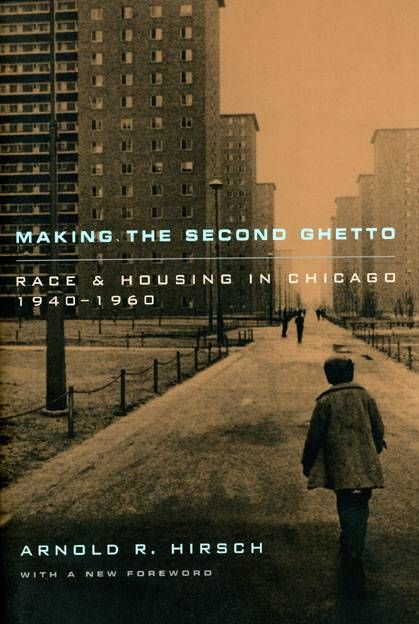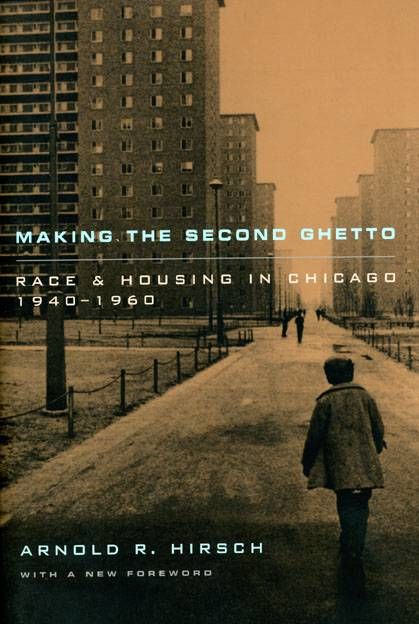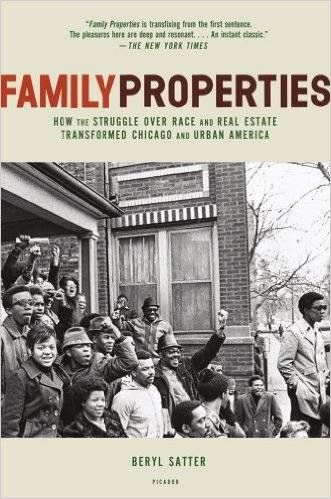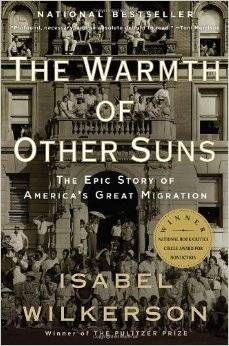
Reading Chicago’s Racial History
It’s very easy to get angry while reading comments on social media or on news articles about the shooting of Laquan McDonald. People call him a thug. They blame his parents for not bringing him up the proper way. They defend his killer without even thinking that maybe, just maybe, the person in the authoritative position is at fault. Others are nicer and say that nothing justifies shooting someone 16 times. And then there are those that bring up Chicago’s gun violence on the South Side, questioning where the protests are for those victims.
I can’t change the way people approach this alone. All I can do is offer what I know to get people to understand the situation that stems from something far beyond Laquan’s murder: Chicago’s racial history.
As much as I would like to spread knowledge to those so woefully misinformed, the truth is, I’m not as informed as I would like to be. I don’t know that much about Chicago’s history, specifically the history of Black Chicagoans. I feel that history is the only thing that can help people to, at the very least, understand why places like the South Side of Chicago are the way they are. And maybe through understanding, people will stop blaming the residents and take a closer look at how the system is failing all of us by failing places like the South Side and its residents. And so in order to help my city and the Black communities all over Chicago, I need to be as informed about the history as I can.
To get that history, books are a given. I feel as though I may be intellectualizing the situation, but the truth is, it’s the only way I can think to begin to cope and help others in any way I can. I’ve researched a couple of books that I’d like to read this month and for the new year that I hope will give me more information.
Making the Second Ghetto: Race and Housing in Chicago,1940-1960 by Arnold R. Hirsch.
Hirsch’s book covers the migration of southern blacks in the 1940s and the policies that made Chicago the segregated city that it is.
Family Properties: How the Struggle Over Race and Real Estate Transformed Chicago and Urban America by Beryl Satter
In this book, Satter investigates how systematic racism and exploitative real estate methods led to the creation of some of Chicago’s ghettos.
The Warmth of Other Suns: The Epic Story of America’s Great Migration by Isabel Wilkerson
To put things into perspective, Wilkerson’s book tells the migration stories of three individuals from the South to the North and highlights the importance of these American journeys.
Some people don’t need to read these books because they are living them. But for the rest of us, they hold important information, and if knowing that information helps Chicago and Black communities in anyway, I will do it.



















